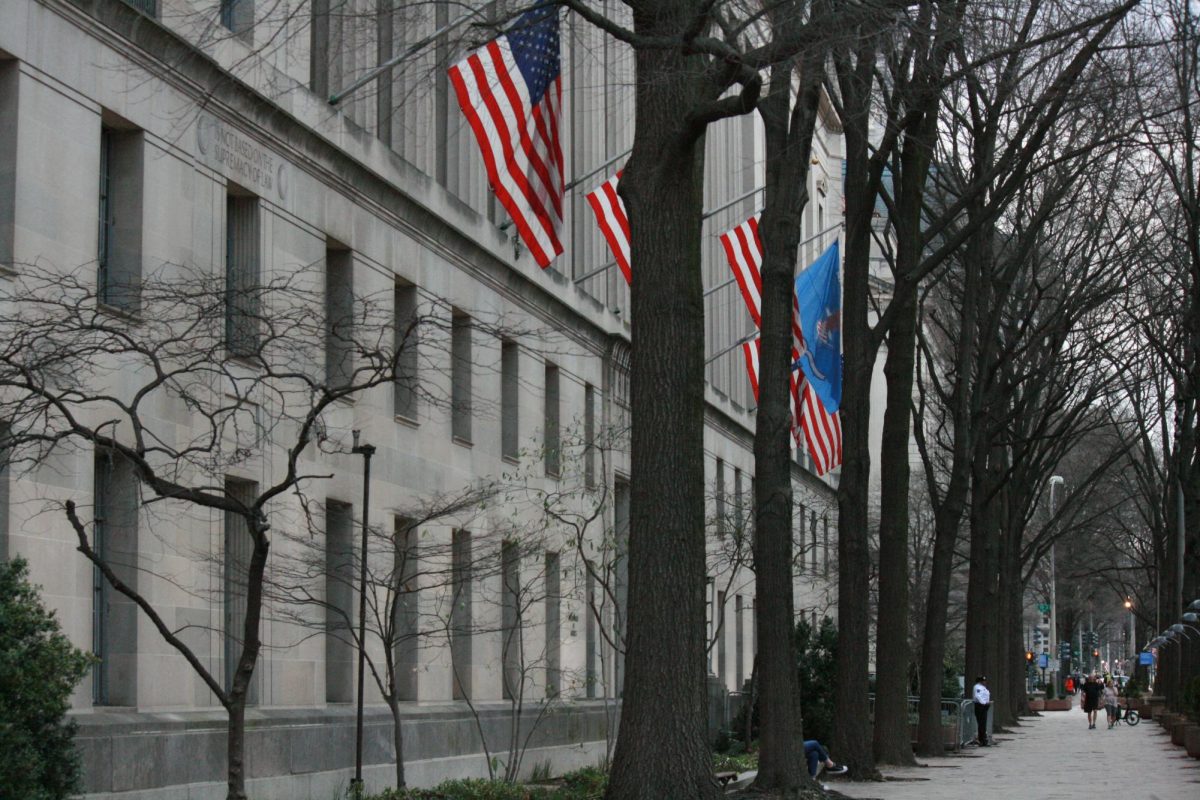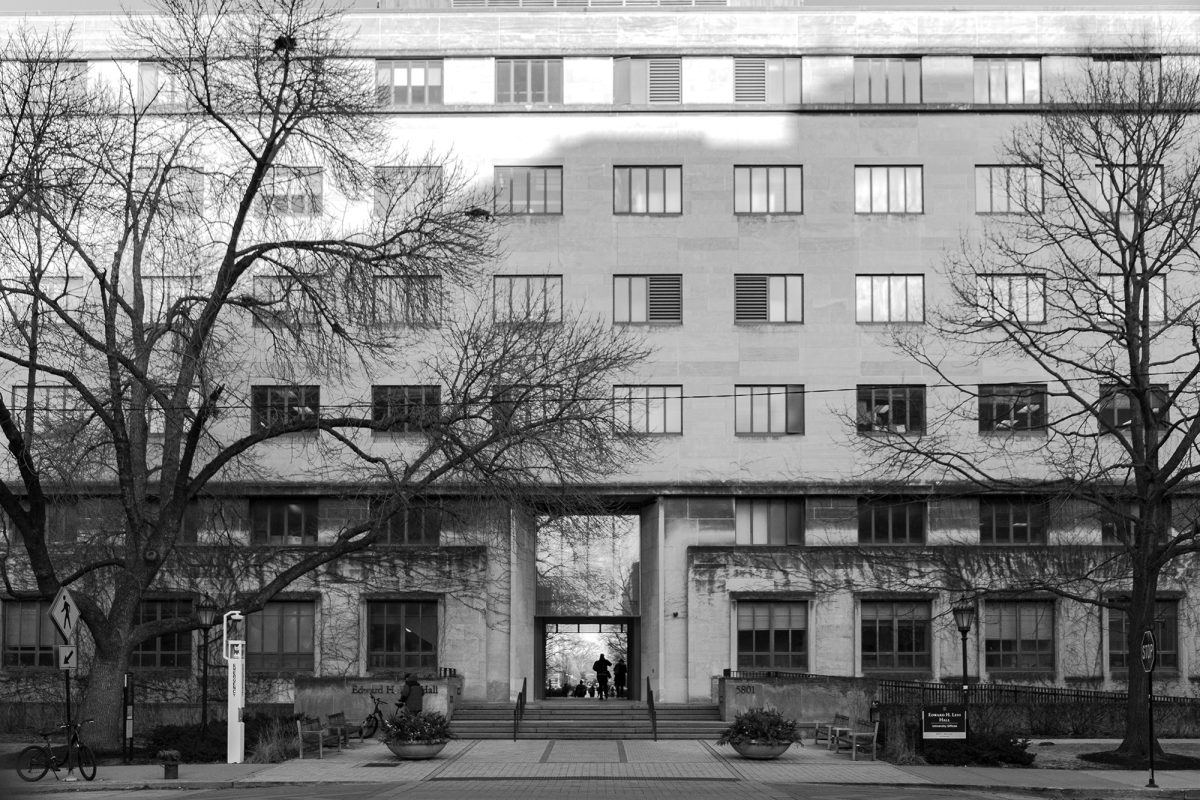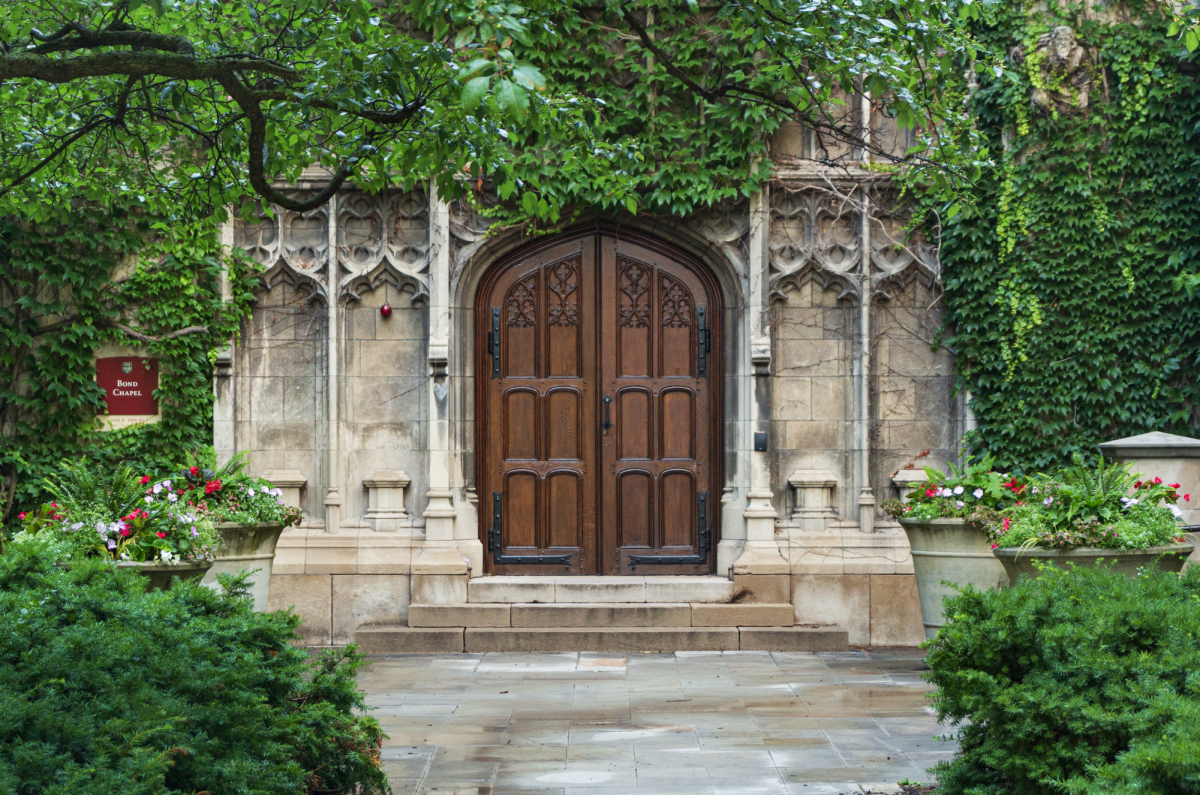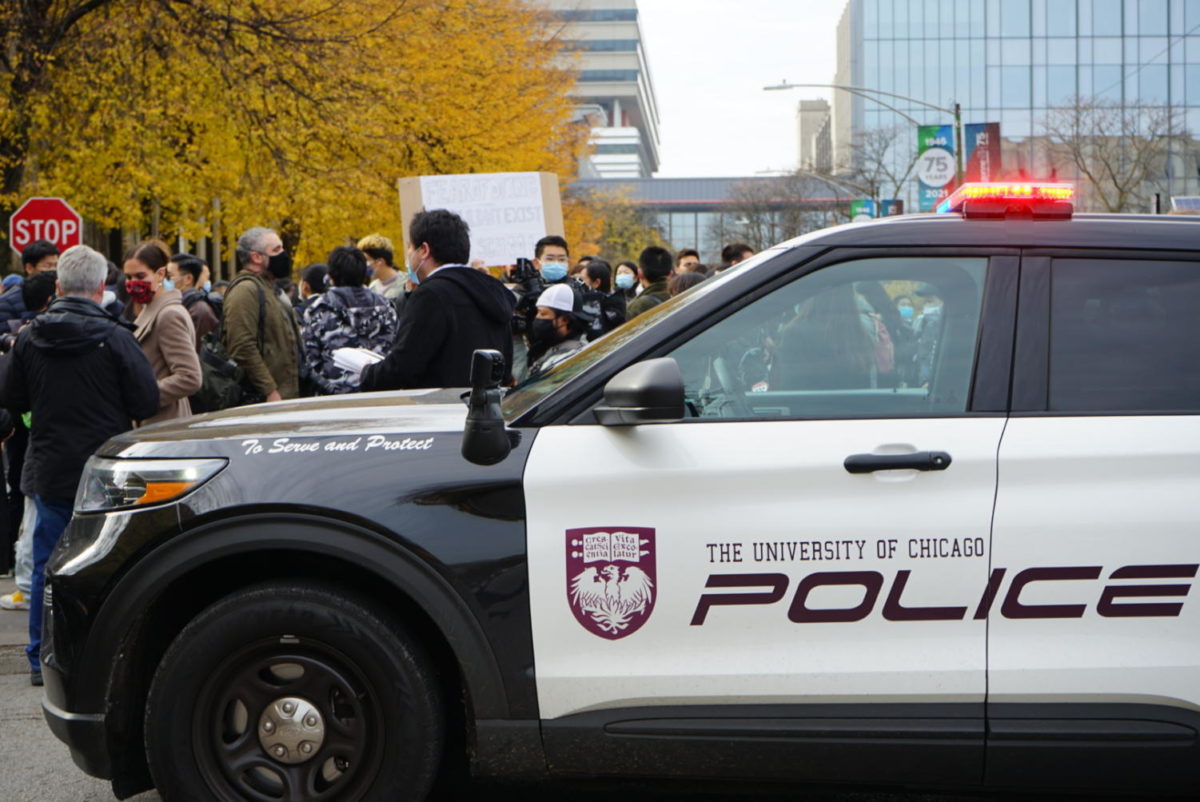In May 2017, the Obama Foundation issued an announcement that will set the Obama Presidential Center (OPC) in Jackson Park apart from every previous presidential library. The OPC, the Foundation announced, will not house a research archive of documents, letters, and personal memorabilia from the former president’s time in the White House, breaking a longstanding precedent.
Instead, these records will be completely digitized. A memorandum of understanding between the Obama Foundation and the National Archives and Records Administration (NARA), released in February, provides more details. The Obama Foundation will pay the costs associated with digitizing around 30 million pages of unclassified documents for public viewing. These records will then be available online through NARA, which has maintained oversight of all previous physical presidential libraries and museums.
Digitization will certainly increase public access to the records of Barack Obama’s presidency, since viewing the documents will no longer require one to physically visit the Center. However, the lack of a physical presidential library at the OPC, in addition to digitization, will hamper the creation of a public history of the Obama years. This decision also sets a risky precedent for future library projects.
First, the move to a digital-only presidential archive will make it significantly harder for historians to study the Obama years. Digitizing the Obama records at the cost of a physical library means that there will be fewer trained staff and archivists on site to familiarize researchers with the massive collection of records. Additionally, unlike a digital database, an in-person trove of artifacts encourages future donations of far-flung but relevant materials: family possessions, papers and photographs owned by cabinet members and aides, and contemporaneous federal government documents. These sources, crucial for a nuanced understanding of any presidency, are near-impossible to collect online. The consequence of this is that future researchers looking to study the historic tenure of the first Black president may never be able to locate them.
Moreover, one of the major functions of a presidential library is to craft a fair and accurate history of a presidency. The public, not Obama, officially owns presidential archives. That’s why NARA—not a private foundation—should be in charge of collecting and maintaining records.
Richard Nixon’s library was originally operated privately, outside of the NARA system, and thus portrayed the presidency in a highly favorable light. When NARA took over in 2007, director Tim Naftali took steps to both remove the partisan slant from museum depictions of Watergate and increase public awareness about the scandal’s complexities.
In the past, NARA-run presidential libraries have shown themselves to be research powerhouses that have redefined public conceptions of presidents. Records at Lyndon B. Johnson’s NARA-led library in Texas, for instance, first revealed the strife within the White House offices ahead of Johnson’s announcement to escalate the Vietnam War—even though Johnson himself had always tried to portray a united front.
For the OPC to fulfill its role as a public asset and civic resource, the Obama Foundation should follow the precedent set by previous presidential centers and maintain a traditional presidential library, run in conjunction with NARA, within the OPC’s sprawling complex.
The Foundation’s intent for the OPC didn’t always exclude historical research. Early indications before May 2017 had pointed in the opposite direction, in fact, offering no reason to believe that the OPC would radically undermine the concept of a publicly administered presidential library. In the summer of 2016, NARA hired a museum specialist, supervisory archivist, archives technician, and three archivists (all of whom have either now been unhired or face uncertainty about their positions) and prepared to hire a library director, all apparently with the President’s approval. In November 2016, military convoys began shipping documents and artifacts from Washington, D.C., to a warehouse in Hoffman Estates, part of the northwest Chicago suburbs.
Why did the Foundation change its mind? It’s possible that a NARA-staffed research center seemed too costly. At the end of the George W. Bush administration, regulations about presidential libraries were changed so that all future presidents who want NARA-partnered libraries would have to raise 60 percent of the cost of building the library to endow a fund for future renovations. It’s worth noting, though, that the $500 million price tag for the OPC is significantly greater than that of any past library.
So far at least, it seems that fundraising hasn’t posed a problem for Obama. We argue that the value of having a NARA library at the OPC is worth the extra cost and would only enhance the presence of the other community-focused facilities at the OPC: the museum, athletic center, gardens, and more. The OPC’s existing expansive budget and sprawling 19-acre site plan likely includes potential places to cut down if cost is the driving factor in the Foundation’s decision.
Digitization on its own isn’t evil, to be sure. But digitizing records at the expense of a physical archive comes with significant challenges, namely that several records will be excluded entirely and that Obama’s presidency, without the influence of non-biased NARA archivists, will be portrayed in an inordinately positive light.
The Foundation’s refusal to give NARA say in the OPC’s operations fits into its broader insistence on complete autonomy and unilateral decision-making for the Jackson Park facility.
Nonpartisan history is too important to sacrifice. For this reason, the Maroon Editorial Board supports NARA presence at the physical Obama Presidential Center in Jackson Park.








